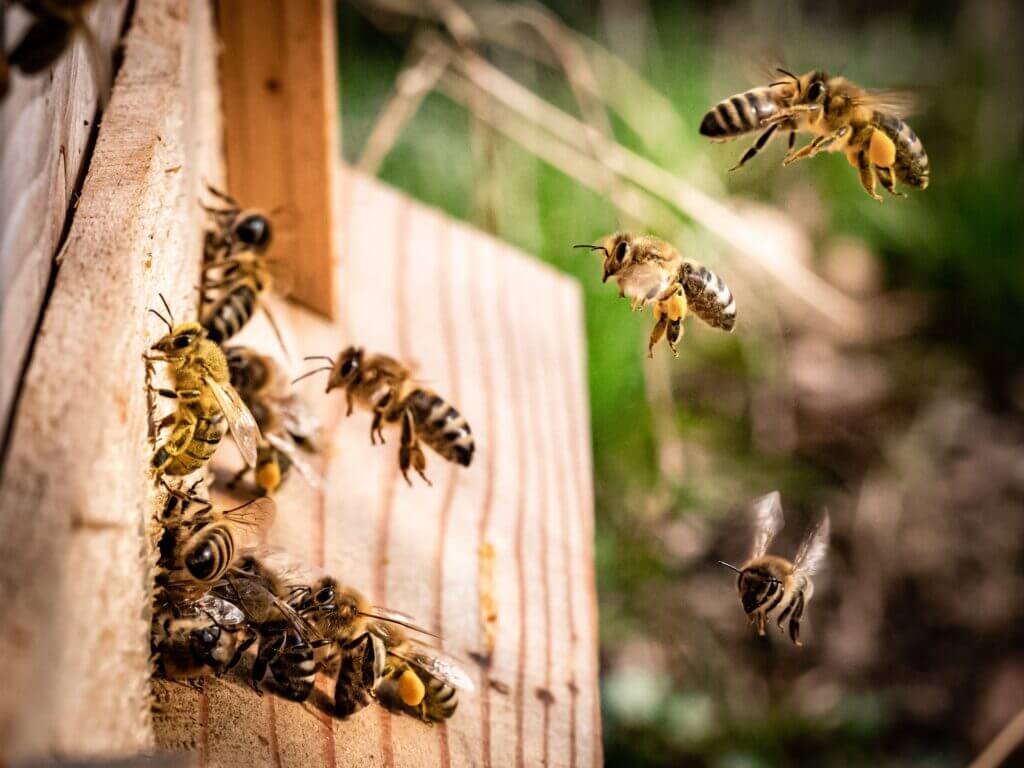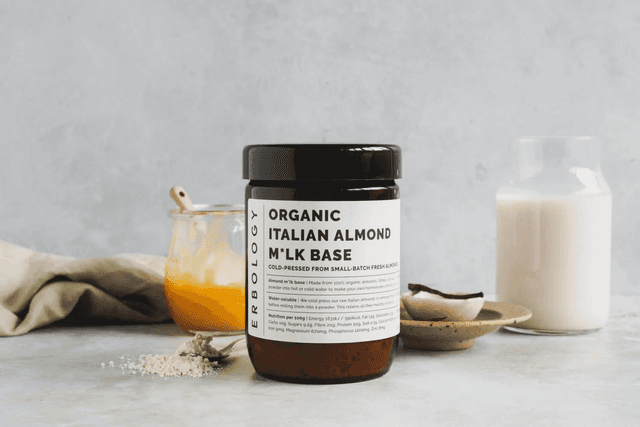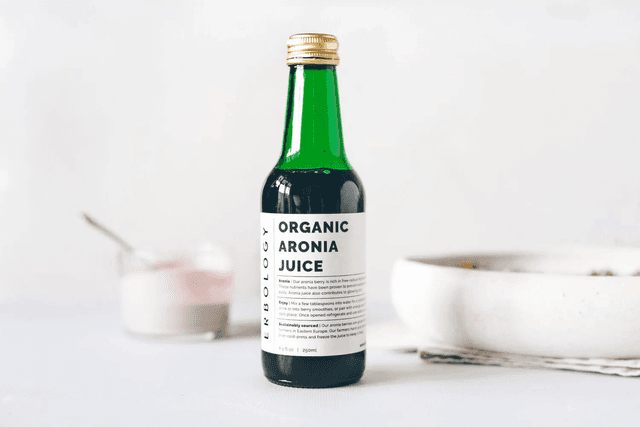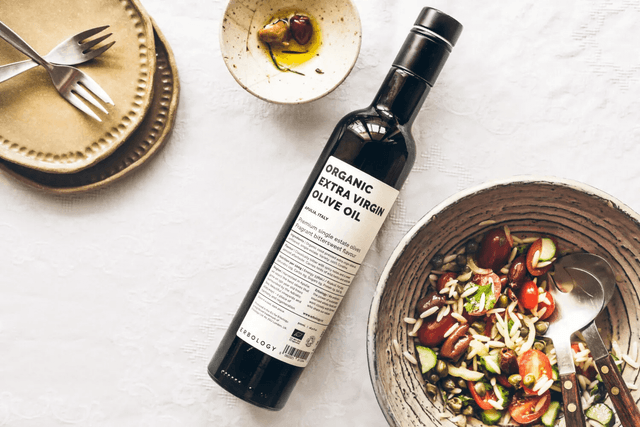02 Oct 2022
Our guide to sustainable food
What is sustainable food?
Sustainable food is a tricky and complex term to define. Many people think that sustainability only refers to the environment. It’s certainly a crucial aspect, especially in relation to food. 30% of all global greenhouse gases come from producing our food, which is more than all commercial flights combined. But true sustainability is a three-pronged concept that embodies not only environmental protection, but also social equity and economic viability.
Each pillar can also be measured in different or multiple ways. For example, do you measure environmental impacts by CO2 emissions, biodiversity or water use – or a combination of all three? Similarly, the food system is a complex web of activities that encompasses not only the food chain – how our food moves from farm to fork and beyond – but other social, environmental, political, health and economic processes.
A definition of sustainable food
There’s no easy, one-size-fits-all answer. But for now, let’s go with a working definition adapted from Sustain, an alliance of organisations and communities working to improve our food system.(1) Sustainable food is that food should be produced, processed, distributed and disposed of in a way that:
- Contributes to local economics and livelihoods – both here in the UK and in producer countries
- Protects the diversity of plants and animals, as well as the welfare of farmed and wild species
- Doesn’t damage or waste natural resources or lead to climate change
- Offers social benefits, such as healthy bodies, cultural meaning and educational opportunities

Organic and Fairtrade
For consumers, there are two common labels that can help identify a food that’s sustainable in some way. These are the organic and FairTrade labels – and both prioritise slightly different aspects of sustainability.
The FairTrade movement was first established in 1992, and is a system of certification that aims to ensure standards are met in the production and supply of a particular product or agreement. For farmers and those working in the supply chain, that means workers’ rights, safe conditions and fair pay. For consumers, it’s a way of identifying high quality, ethically sourced products. As such, it’s more focused on the social and economic aspects of sustainability.
The organic label is another certification system that defines how an organic food product must be grown, farmed or made. The Soil Association developed the world’s first organic standards in the 1960s, which adhere to strict European laws about the production of organic food. These standards include farming methods that don’t harm the environment, such as using pesticides or chemical fertilisers, as well as other key areas such as animal welfare and human health. While social and economic considerations are part of the organic certification scheme, the focus is mainly on environmental protection.
Plant-based vs animal products
A key debate in sustainable food is whether we should be eating animal products – such as meat, dairy and fish – or transition to a fully plant-based diet. The scientific community widely acknowledges that we need to, at the very least, reduce our consumption of carbon-intensive foods such as red meat significantly.
In the seminal report Food in the Anthropocene: the EAT–Lancet Commission on healthy diets from sustainable food systems, researchers concluded there needs to be a 50% reduction or more in global red meat consumption, as well as a plethora of other dietary changes, to halt climate change and achieve a sustainable food system.(2) They also suggested a 100% increase in consumption of healthy foods, like nuts, fruits, vegetables, and legumes. Though noted that both these targets differ greatly by region. As well as contributing to reduced emissions, greater biodiversity and better use of natural resources, these dietary changes would have a significant improvement in human health.

The solution?
So, we should be all eating more plant-based foods? The answer is yes – but there are some caveats. Multinational companies have jumped on recent trends to reduce meat and dairy consumption, and our supermarkets have been flooded with highly processed “plant-based” alternatives, such as meatless burgers and sausages.
Similar to other ultra-processed and junk foods, many of these products contain additives and factory-made ingredients that most of us wouldn’t recognise, such as maltodextrin and methylcellulose (which is, rather unappetisingly, also used as a laxative). What’s more, there’s strong evidence that these ultra-processed foods are damaging to human health, causing problems such as obesity, diabetes and heart disease.(3) There’s also indications that ultra-processed foods are responsible for significant environmental degradation.(4)
The answer? Stick mainly to whole and minimally processed foods, such as fruits, vegetables, beans and whole grains.
Food waste
Food waste is one of the less well-known aspects of sustainable food – and receives much less coverage in the mainstream media than the plant-food vs animal product debate. But the statistics on food waste are staggering.
Despite the environmental impact of food production, we waste 1.3 billion tonnes of food globally every year. Or, in other words, a third of all food grown in the world is wasted. In the UK alone, we throw away 6.6 million tonnes of household food waste a year, almost three quarters is food we could have eaten. In the US, this figure jumps to 40 million tons. And if food waste were a country, it would have the third-biggest carbon footprint after the USA and China.(5)
What can we do to stop food waste? Using our freezers, batch cooking and doing smaller shops more regularly are all good starting points. But it’s not only down to consumers. Huge amounts of edible food is wasted as it moves throughout the supply chain, due to storage issues, transport problems and consumer demand. Supermarkets, for example, reject fruit and vegetables that don’t adhere to strict aesthetic standards, even though the product is perfectly edible. This has led to the rise of initiatives such as Oddbox, a veg box scheme which rescues odd-looking or wonky fruit and vegetables from landfill. It’s a fantastic initiative, but as ever, reducing food waste will take multiple interventions across the food chain.


